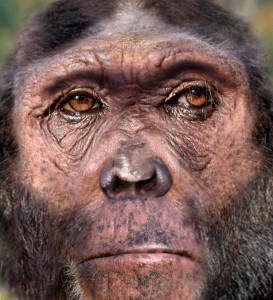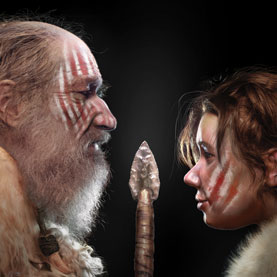This article by Katie Fretland of the Associated Press serves as a reminder that the lands that we live and build on today have been lived, built, and died on by other people for millennia. The Keystone XL oil pipeline is meant to improve the United States’ oil transportation system, the whole thing extending from Canada to the Gulf Coast. The pipeline is already a contentious topic among people who are concerned about its impact on the environment, but there are others who have concerns as well. This article focuses on the concerns of Chief George Thurman of the Sac and Fox Nations, specifically that the portion of the pipeline running from Oklahoma to Texas will interfere with Native American burial sites. He and others believe that there might be unmarked graves in the proposed route of the pipeline.
TransCanada, the company in charge of building the pipeline, does have archaeologists to help determine when historical sites, artifacts, or graves might lie in the path of construction. They claim that construction ceases when any such sites are found, and that when they find a site, they then work with the relevant tribes or concerned parties to figure out how the situation should be handled. In Oklahoma alone, seventy archaeological sites have already been identified in the preliminary survey of the area where the pipeline is to be built. It will be interesting to see what is unearthed during construction, and whether any compromises are made on TransCanada’s part if, in fact, burial sites are uncovered.




